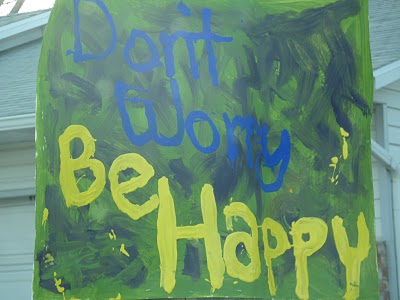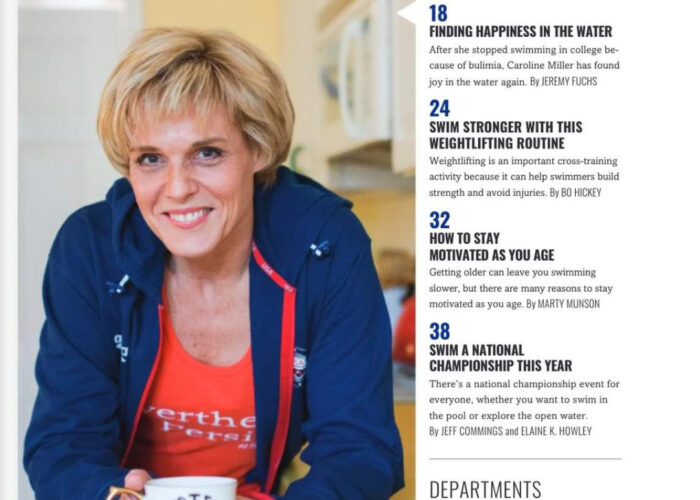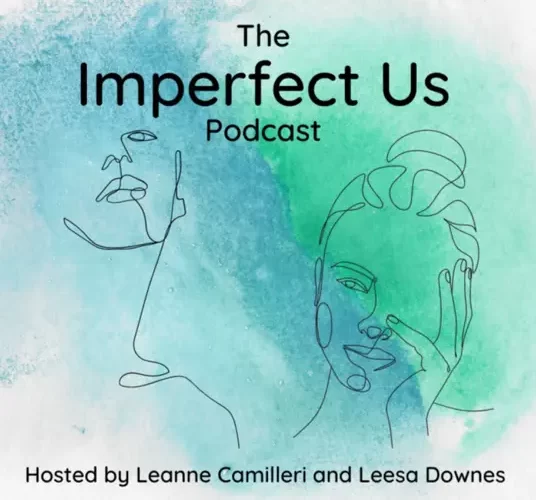September 4, 2012
The Positive Psychology Movement Comes to Washington, D.C.
A few days ago, a reporter from the Washington Post called to ask me what I thought of a new movement in my hometown called “Make DC Smile.” Massoud Adibpour and some of his friends have been holding up signs reading, “Honk if you love someone!” and “Smile!” on Monday mornings on a popular bridge in an effort to remind incoming drivers to enjoy what some think is the hardest day of the week.
“Can signs like these really make a difference?” the reporter asked me.
 I thought for a moment and put myself in the shoes of a driver entering one of the most frenzied cities in the world, catching sight of some bobbing signs and grinning young adults prompting me to think positive, and even take action by honking if I felt love for anyone.
I thought for a moment and put myself in the shoes of a driver entering one of the most frenzied cities in the world, catching sight of some bobbing signs and grinning young adults prompting me to think positive, and even take action by honking if I felt love for anyone.
“I think it does,” I answered, explaining that even fleeting moments of positive emotions have been found to add up to be important indicators of emotional flourishing. I told the reporter about the Positivity Ratio, noting that many different types of research had found that the optimal ratio of positive to negative was five to one, and that being under 3 to 1 had been found to hasten a “downward spiral of negativity.” Over the course of every day, we can experience multiple moments that are either frustrating or uplifting, and any one of them can ignite other emotions that can carry us in one direction or the other.
When I wrote “Creating Your Best Life,” an evidence-based book on how to set and accomplish goals and its intersection with happiness, I stumbled across a lot of research on “priming.” This research covered the many ways that something as simple as a word, a song, or even the picture of a frowning adult can evoke feelings and behaviors that either help or hurt us in goal pursuit. After reading reams of research, I came up with some ideas that I encouraged readers to try: change all of your internet passwords to reflect a goal or desired emotion, invest in a vanity license plate that reminds you of your values, or even get a Twitter handle that reminds you of an important goal. The moments you spend being “primed” to think or act in a certain way can lead you in desired directions, which is exactly what these signs can do. With the Olympics just behind his, who missed the constant commentary about the tattoos of Olympic rings on the athletes, who all admitted that getting the rings was a way to stay focused on a hard, long-term goal – a prime.
A quick look at the Washington Post message board this morning under the article revealed a huge number of cynics, doubters and haters writing about the stupidity of the movement, deriding its goals and trite simplicity. After a few pages of reading these types of statements, I felt depressed myself and had to log off, reminding me of why priming can be such an effective tool if just a few minutes of reading negative posts to bring me down.
What do you think of the power of holding up signs to evoke a smile or positive emotion? Do you have any positive primes that work for you? Click here to read the entire Washington Post article by Maura Judkis.





I do believe that a sign could spark an emotion, a beautiful memory, laughter and indeed make a difference!!!